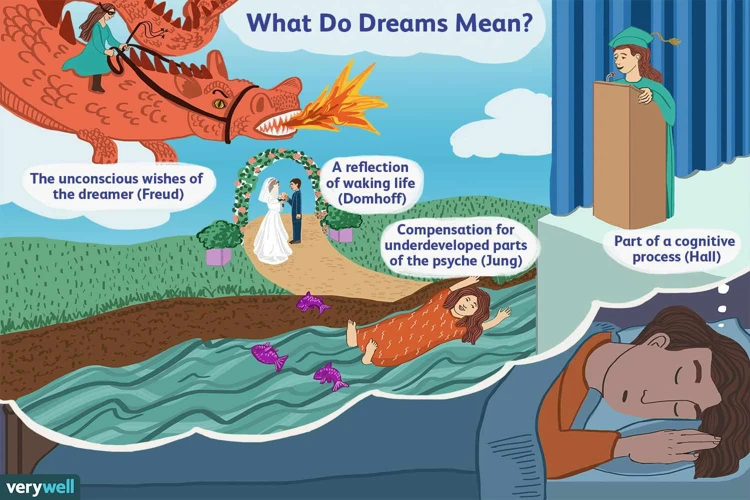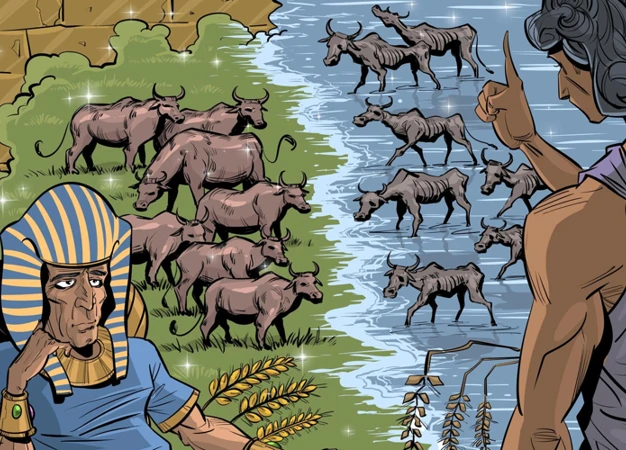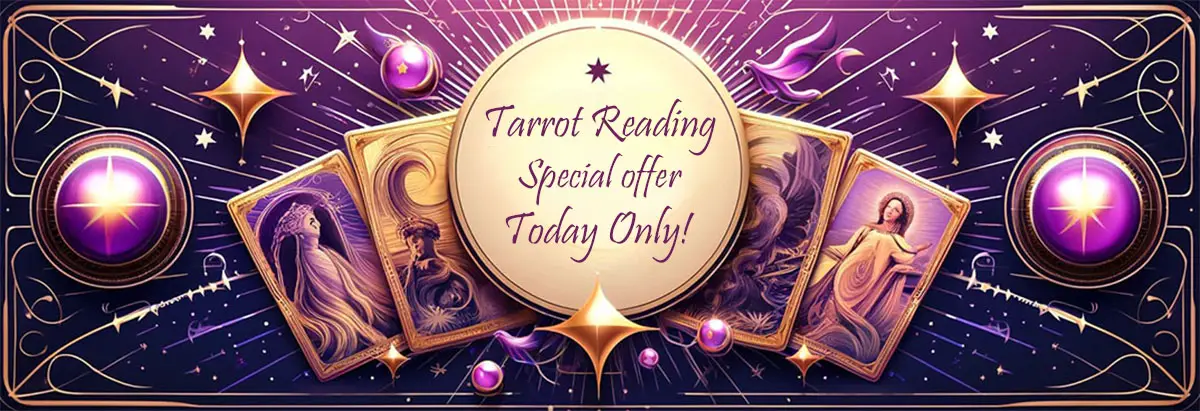The Meaning Behind Pharaoh’s Dream: Decoding the Symbolic Messages
Imagine a dream so extraordinary, it becomes a subject of intrigue for centuries to come. In the ancient world, one such dream captivated the attention of Pharaoh and his advisors in Egypt. This dream, filled with enigmatic symbols and messages, held the key to the future of the empire. In this article, we embark on a journey to unravel the hidden meanings behind Pharaoh’s dream. We will delve into the key elements of the dream, discuss the pivotal role played by Joseph in its interpretation, and explore the profound impact it had on ancient Egypt. We’ll examine its relevance in modern times and how the symbolism still resonates with us today. Join us as we unlock the mysteries of Pharaoh’s dream and uncover the powerful messages it continues to hold.
The Dream

Pharaoh’s Dream: A Glimpse into the Enigmatic Realm
Pharaoh’s dream was no ordinary nocturnal experience. Its symbolism and profound messages left both Pharaoh and his advisors perplexed. The dream itself encompassed several key elements that held significant meaning. First, there were seven fat, healthy cows grazing by the Nile, followed by seven emaciated, gaunt cows that devoured the former. Alongside the cows, there were seven plump, abundant ears of grain, which were consumed by seven thin and withered ears. This enigma baffled all who encountered it, as the dream seemed to foretell the future of Egypt and its fate hung in the balance. The intricate relationships between these elements breathed life into an enigmatic puzzle, waiting to be deciphered.
Overview of Pharaoh’s Dream
The overview of Pharaoh’s dream provides a glimpse into the complexity of the dream itself. It consisted of key elements such as the seven fat cows and the seven thin cows, as well as the seven plump ears of grain and seven withered ears. Each element held symbolic significance, but the overall picture remained puzzling. The dream’s remarkable nature left Pharaoh and his advisors bewildered, seeking answers and interpretations that would give them insight into its hidden meanings. The intricate details and interplay between these elements set the stage for the interpretation that would shape the destiny of ancient Egypt.
Key Elements in the Dream
The key elements in Pharaoh’s dream, which held symbolic significance, can be summarized as follows:
1. Seven Fat Cows: These healthy cows symbolized abundance, prosperity, and fertility. They represented the years of plenty that Egypt would experience.
2. Seven Gaunt Cows: The emaciated cows, in stark contrast to the healthy ones, symbolized scarcity, famine, and hardship. They foretold the seven years of famine that would follow the years of abundance.
3. Seven Plump Ears of Grain: These ears of grain represented the bountiful harvests and abundance of food during the years of plenty.
4. Seven Withered Ears of Grain: The thin and withered ears symbolized the scarcity and famine that would grip Egypt during the years of drought and hardship.
The juxtaposition of these elements in Pharaoh’s dream provided a vivid visual representation of the impending cycles of feast and famine, prosperity and scarcity that would shape the destiny of Egypt and its people.
The Interpretation

Unveiling the Secrets: Joseph’s Role in Decoding Pharaoh’s Dream
In the quest to unravel the symbolic messages embedded within Pharaoh’s dream, Joseph emerged as the key protagonist. His remarkable ability to interpret dreams set him apart from the rest. It was Joseph who reveled in the cryptic nature of the dream, recognizing that it represented a divine message. With divine guidance, Joseph decoded the dream’s meaning, proclaiming that the seven healthy cows and abundant ears of grain symbolized seven years of prosperity, while the emaciated cows and withered ears forecasted seven years of famine. Joseph proposed an astute plan to preserve Egypt’s prosperity during the bountiful years, ensuring its survival during the impending famine. Through Joseph’s interpretation, the dream transformed from an enigma into a roadmap for survival and prosperity. His role in decoding Pharaoh’s dream was not only crucial for Egypt’s destiny but also showcased the power of divine wisdom in deciphering mysteries.
Joseph’s Role in Interpretation
Joseph’s Role in Interpretation
– Joseph, a Hebrew slave with the unique gift of dream interpretation, was summoned to unravel the perplexing symbols embedded within Pharaoh’s dream.
– In a remarkable display of his abilities, Joseph discerned that the dream had prophetic significance and carried a message about the future of Egypt.
– Pharaoh recognized Joseph’s wisdom and appointed him as his right-hand man, bestowing upon him the responsibility of guiding the empire through times of abundance and scarcity.
– Through his astute interpretation, Joseph predicted seven years of plentiful harvests, followed by seven years of severe famine.
– Joseph’s role in interpreting Pharaoh’s dream solidified his position as a trusted advisor and proved crucial in setting Egypt on a path of preparedness and prosperity.
The Symbolic Messages
The Symbolic Messages:
– **The Cows:** The seven fat, healthy cows symbolized abundance, prosperity, and fertility, representing years of plenty. In contrast, the seven emaciated cows reflected scarcity, famine, and hardship, symbolizing years of famine that would follow the years of plenty.
– **The Grain:** The seven plump ears of grain depicted abundant harvests and agricultural wealth. Conversely, the seven thin and withered ears represented poor harvests and a lack of sustenance, foreshadowing a time of famine and scarcity.
– **The Number Seven:** The repeated occurrence of the number seven in both the cows and grain represents divine significance. In ancient Egypt, the number seven was associated with completeness, perfection, and divine intervention. It emphasized that these events were not mere coincidences but part of a greater cosmic plan.
The symbolic messages within Pharaoh’s dream unveiled a narrative of alternating periods of abundance and scarcity, posing a great challenge for interpretation, which Joseph would soon undertake.
The Significance
The Significance: Impact on Ancient Egypt and Relevance in Modern Times
Pharaoh’s dream held immense significance, not only for ancient Egypt but also for our understanding of symbolism and the human psyche. In the realm of ancient Egypt, the dream served as a powerful omen, a harbinger of the impending years of abundance and famine. It propelled Pharaoh to seek out Joseph, who possessed the unique skill of dream interpretation. Through Joseph’s interpretation, the dream revealed the importance of preparation and wise governance to mitigate future hardship. The dream’s significance extended beyond the ancient world, as it continues to resonate in modern times. It reminds us of the power of dreams, the importance of foresight, and the potential for salvation through interpretation. This captivating story reminds us that even the most perplexing dreams hold hidden meaning and can shape the course of history.
Impact on Ancient Egypt
– Economic Stability: Pharaoh’s Dream, with its prophecy of seven years of abundance followed by seven years of famine, allowed ancient Egypt to prepare for the impending crisis. The wise interpretation by Joseph enabled the creation of a strategic plan that involved stockpiling surplus grain during the prosperous years. This preparation ensured that Egypt could withstand the devastating effects of the famine and maintain economic stability.
– Consolidation of Power: The recognition of Joseph’s wisdom in interpreting the dream led to his appointment as a high-ranking official in Pharaoh’s court. With his guidance and administration during the years of plenty and famine, Joseph played a crucial role in consolidating Pharaoh’s power. Through his management of food distribution and resources, Egypt thrived under Pharaoh’s rule.
– Social Cohesion: The impact of Pharaoh’s Dream extended beyond the realm of economics and power. The famine affected the entire population, from the Pharaoh to the peasant. In response to this crisis, a sense of solidarity and unity emerged as people depended on each other for survival. This created a bond among Egyptians, fostering social cohesion and resilience in the face of adversity.
– Cultural and Religious Significance: Pharaoh’s Dream became an essential part of Egyptian culture and religious beliefs. Egyptians saw the dream as a testament to the divine nature of their rulers and the supernatural powers at play. The dream reinforced their faith in an afterlife, as it revealed the existence of a higher power guiding human destiny. The story of Joseph and Pharaoh’s Dream became ingrained in ancient Egyptian mythology and folklore, leaving a lasting impact on their religious and cultural practices.
Relevance in Modern Times
Relevance in Modern Times:
– Inspiration for Dream Analysis: Pharaoh’s dream continues to inspire and captivate individuals interested in the field of dream analysis and interpretation. The intricate symbolism and profound messages embedded in the dream serve as a reminder of the complexity and depth of the human subconscious.
– Symbolic Representation: The dream’s symbolic nature resonates with modern society, emphasizing the power of symbols and their impact on our collective consciousness. It encourages us to explore the deeper layers of meaning hidden within our dreams, promoting self-reflection and personal growth.
– A Lesson in Leadership: Pharaoh’s dream serves as a lesson in leadership, highlighting the importance of recognizing and interpreting signs and symbols in decision-making processes. It encourages leaders to embrace intuition and explore alternate means of problem-solving, gaining insight from the realm of symbolism.
– Cultural Significance: The story of Pharaoh’s dream has endured throughout history, with its impact extending beyond ancient Egypt. It has become a cultural touchstone, inspiring various literary works, artistic interpretations, and even films, further cementing its relevance in modern times.
– Lessons of Impermanence: The dream’s depiction of cycles and fluctuations serves as a reminder of the impermanence of worldly wealth and success. It encourages individuals to adopt a more balanced and mindful approach to life, valuing spiritual and emotional well-being alongside material prosperity.
Conclusion
– The meaning behind Pharaoh’s dream holds a deep significance that transcends time. Its symbolic messages, as interpreted by Joseph, provided crucial insight into the future of Egypt and its prosperity. The dream’s impact on ancient Egypt was profound, as it enabled Pharaoh to make strategic decisions and prepare for the future. Furthermore, the enduring relevance of Pharaoh’s dream in modern times is a testament to its timeless wisdom and universal themes. The symbolism of abundance and scarcity, the cyclical nature of life, and the importance of foresight and preparation continue to resonate with individuals and societies today. The decoding of Pharaoh’s dream serves as a reminder of the enduring power of dreams and the significance of interpretation in uncovering hidden truths. In conclusion, Pharaoh’s dream remains a fascinating and thought-provoking tale that reminds us of the mysterious depths of the human psyche and the eternal quest for understanding the meanings behind our dreams.
Frequently Asked Questions
1. What was the significance of Pharaoh’s dream in ancient Egypt?
The dream held immense significance as it was believed to be a message from the gods. It served as a warning of impending events and provided insights into the future of the empire.
2. Who was Joseph and how did he become involved in interpreting the dream?
Joseph was an Israelite who was brought to Egypt as a slave. Through a series of events, he rose to become a trusted advisor to Pharaoh. His ability to interpret dreams led to his involvement in decoding Pharaoh’s enigmatic dream.
3. What did the seven fat cows and seven thin cows symbolize?
The seven fat cows represented years of abundance and prosperity, indicating fertile times ahead. In contrast, the seven thin cows symbolized years of famine and scarcity, foreshadowing a period of great hardship.
4. Can dreams hold significant meaning in modern times?
Although the interpretation of dreams is subjective and may vary, dreams can still hold personal and symbolic meaning for individuals. They can provide insights into our subconscious thoughts, emotions, and desires.
5. How did the interpretation of Pharaoh’s dream impact ancient Egypt?
The interpretation allowed Egypt to prepare for the years of plenty and store surplus grain to survive the impending famine. This strategically managed Egypt’s resources, preventing widespread famine and solidifying Pharaoh’s power.
6. Were dreams considered divine messages in ancient Egypt?
Absolutely. Dreams were believed to be a direct communication from the gods. They held immense significance and were often consulted for guidance on personal matters, politics, and the fate of the empire.
7. How was Joseph able to uncover the symbolic messages hidden within the dream?
Joseph possessed a divine gift of dream interpretation. It was through his connection with the gods and his intuitive understanding of symbolism that he was able to decipher the messages encoded within the dream.
8. Did Pharaoh rely solely on Joseph’s interpretation to make important decisions?
Yes, Pharaoh recognized Joseph’s unique ability and trusted his interpretation implicitly. Joseph’s insights into the dream played a crucial role in shaping Pharaoh’s decisions regarding the management of Egypt’s resources during the years of abundance and the subsequent famine.
9. Did the symbolism in Pharaoh’s dream extend beyond just cows and grain?
Yes, the symbolism in the dream extended beyond the representations of cows and grain. It encompassed themes of abundance, scarcity, foresight, and the cyclical nature of prosperity and hardship.
10. Can the lessons learned from Pharaoh’s dream be applied to our own lives?
Absolutely. The story of Pharaoh’s dream teaches us the importance of foresight, preparedness, and the understanding that times of abundance can be followed by times of scarcity. It serves as a reminder to make wise decisions in times of plenty and to create resilience for the challenges that may lie ahead.


